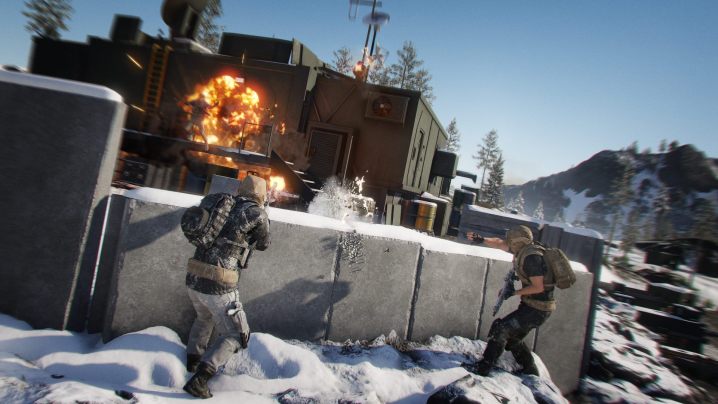
Ubisoft currently has two major shooter franchises under the Tom Clancy name: The Division and Ghost Recon. The Division is a new property that recently released a popular sequel, and Ghost Recon has evolved into a massive open-world affair. With familiar additions to the upcoming Ghost Recon Breakpoint, the differences between the two are becoming even more slim. When asked about the striking similarities, Eric Couzian, creative director of Breakpoint, told us in an interview why he thinks they’ll never be the same.
“[Ghost Recon Breakpoint] is a tactical game. So, when we say its a tactical game, that means one bullet kills. It’s a big, big game-changer,” he said.
“We really want players to feel like you are Spec Ops,” he later added.
While he’s right in a general sense, Ghost Recon Breakpoint does add an element that counters that obvious difference from The Division — Drones. While human bullet sponges do not exist in Breakpoint, the new drone enemies present players with an additional obstacle that takes a lot more time to take down.
During our preview, we found that you definitely feel like a Spec Ops operative when you’re taking on human enemies, either in a run-and-gun style or stealthily, dropping them quickly with well-placed shots. Drones, however, typically feature layers of armor.
As seen in Breakpoint gameplay trailers, drones feature layers of armor and function more like tougher obstacles that you should avoid as much as possible. The full variety of drones featured in Breakpoint haven’t been revealed yet, but these conflicts are more similar to The Division‘s firefights than they are to the swifter and more realistic shootouts with human enemies.
Unless there are some planned modes that utilize drones, the Ghost War PvP will maintain this sense of realism, which is mentioned in our hands-on with the mode.
So, what’s the reasoning behind the additions to Ghost Recon Breakpoint that make it more similar to The Division? The developers have promoted endgame content that includes 4-player raids, a stark departure from Ghost Recon’s typical formula.
“When we released Wildlands, we were not aware that the game would have such a long life after [launch],” Couzian said. “So we learned a lot from Wildlands and, for Breakpoint, we wanted [that] to be part of the strategy. When I say strategy, I mean to plan everything for post-launch. Even the story was written with that in mind.”



